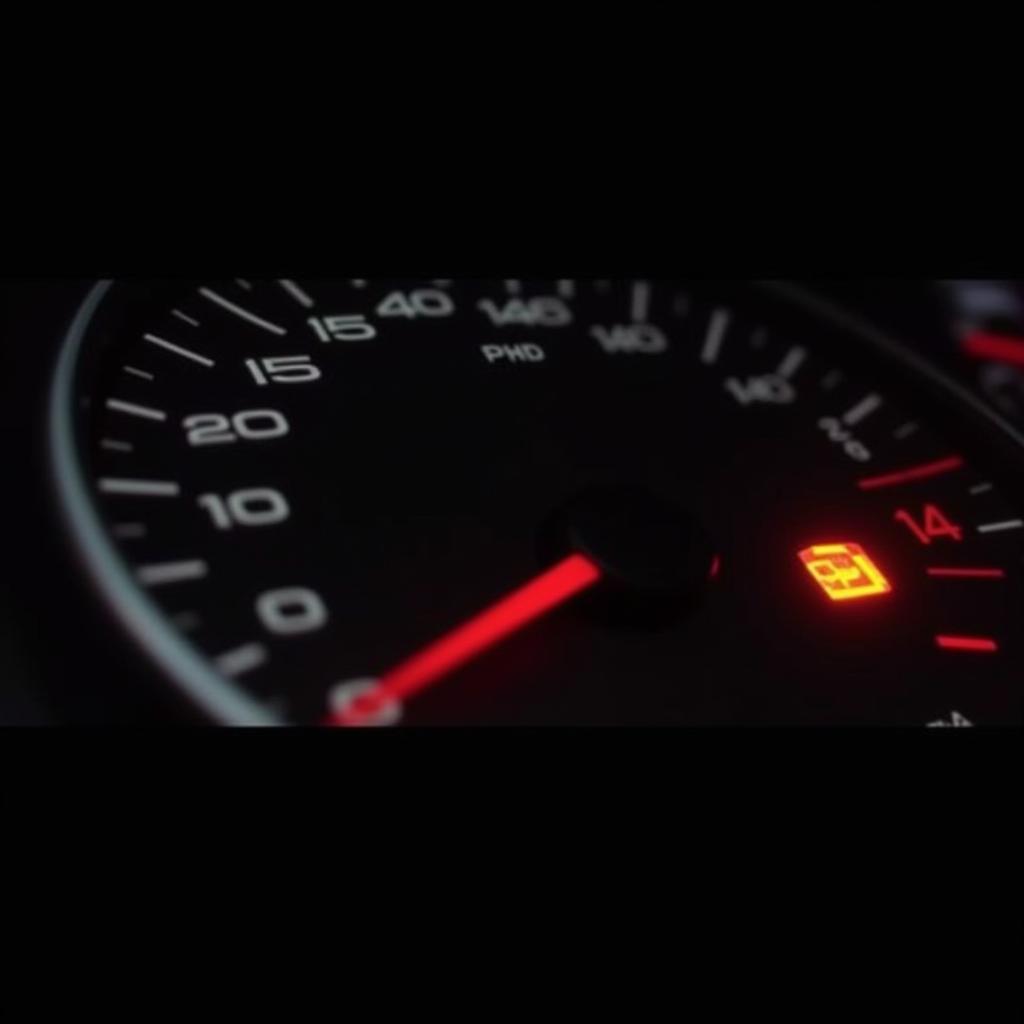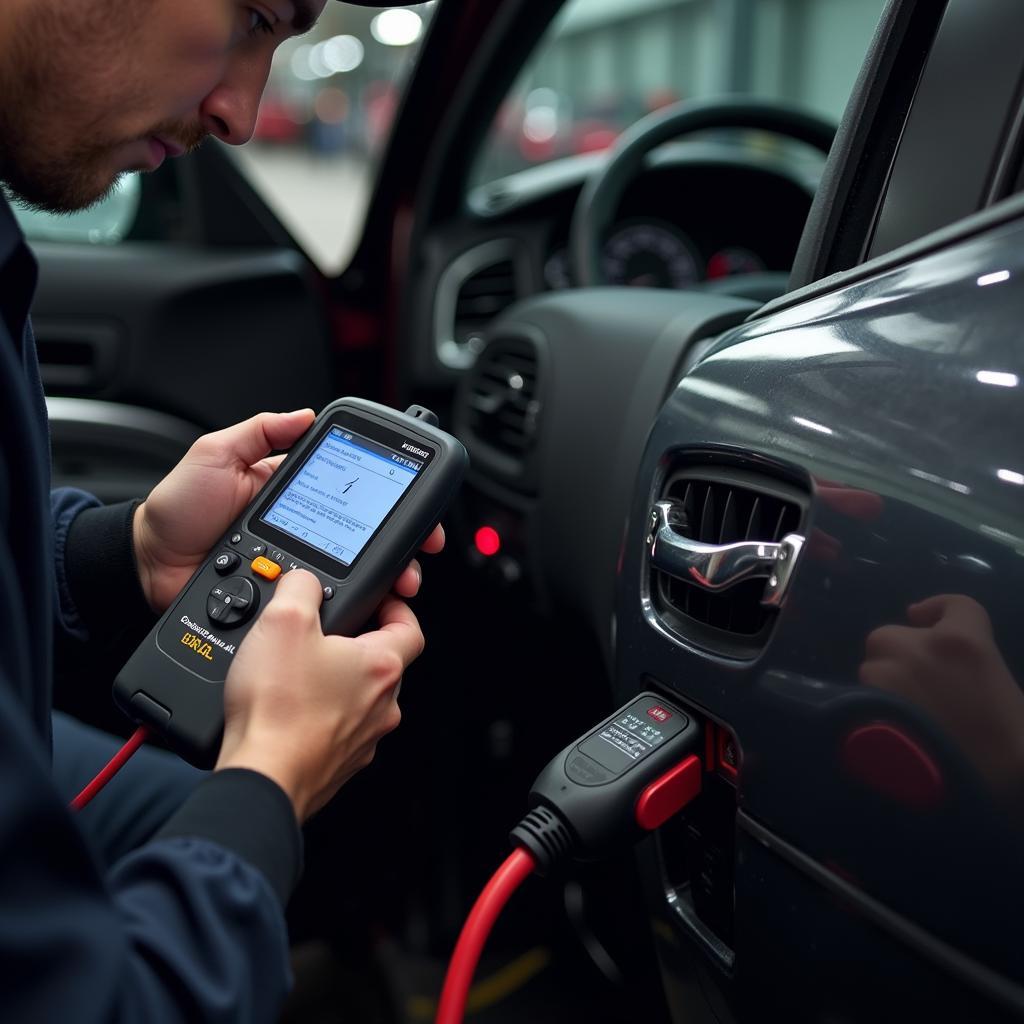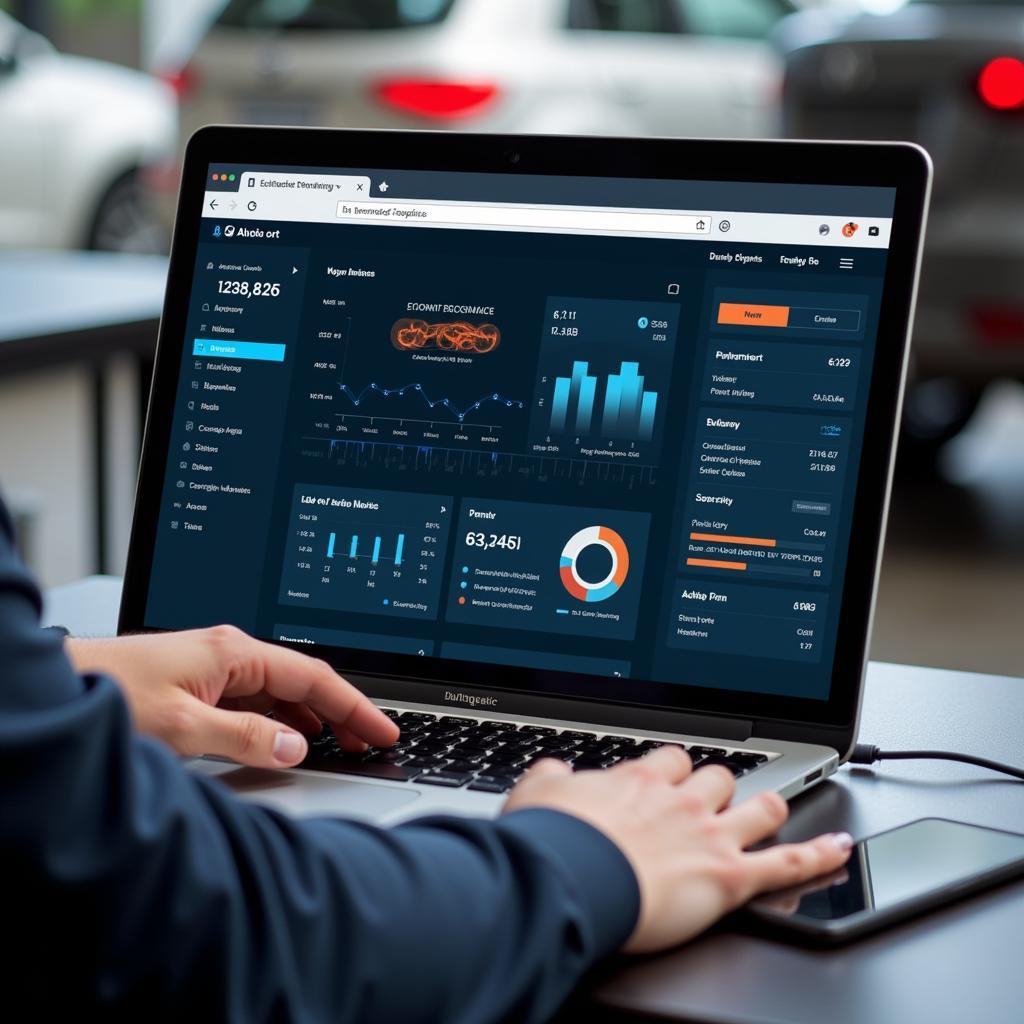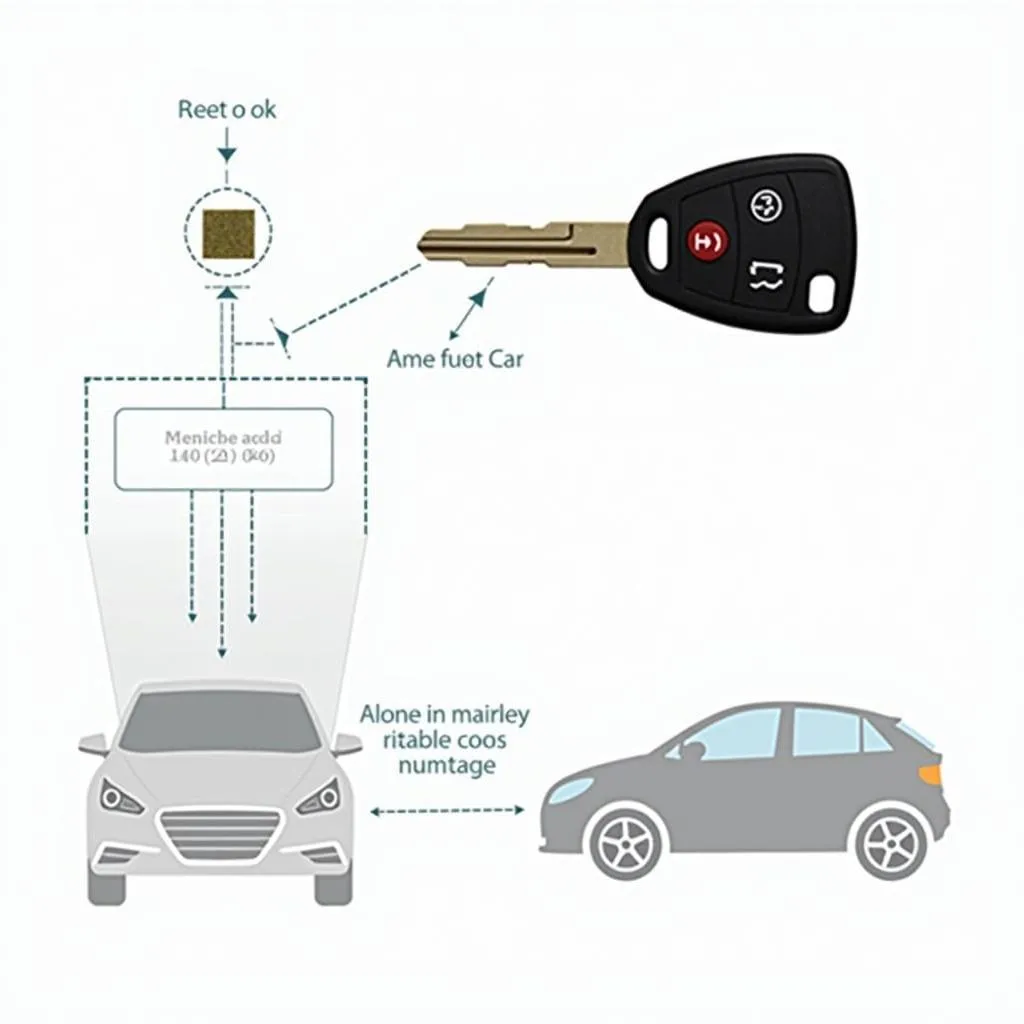You’re driving along, enjoying the scenery, when suddenly a warning light pops up on your dashboard. Your heart rate increases as you wonder what’s wrong. You vaguely remember a trick someone mentioned: “To reset car warning dash lights, pump the brakes.” But does it actually work?
The short answer is no, pumping your brakes will not reset car warning dash lights. While this trick might have worked on older car models, it’s highly unlikely to have any effect on modern vehicles equipped with sophisticated electronic systems.
Understanding Your Car’s Warning System
Your car’s dashboard is like a communication hub, using various warning lights to alert you about potential issues. These lights are triggered by sensors that constantly monitor different systems within your vehicle.
Here are some common warning lights and their meanings:
- Check Engine Light: This light can indicate a range of problems from a loose gas cap to a serious engine malfunction.
- Brake Warning Light: This light typically signals a problem with your braking system, such as low brake fluid or worn brake pads.
- ABS Warning Light: This light indicates an issue with your Anti-lock Braking System (ABS).
- Battery Warning Light: This light indicates a problem with your car’s charging system.
 Car Dashboard with Brake Warning Light
Car Dashboard with Brake Warning Light
Why Pumping the Brakes Won’t Work
Modern cars rely on computers, sensors, and complex algorithms to detect and diagnose problems. Pumping your brakes doesn’t address the root cause triggering the warning light. It’s like hitting the snooze button on an alarm clock – it might silence the immediate alert, but the underlying issue remains unresolved.
 Mechanic Using Diagnostic Equipment on a Car
Mechanic Using Diagnostic Equipment on a Car
What to Do When Warning Lights Appear
Ignoring warning lights can lead to further damage, costly repairs, and even dangerous driving situations. Here’s what you should do:
- Consult Your Owner’s Manual: Your owner’s manual is a valuable resource that provides specific information about your car’s warning lights and recommended actions.
- Assess the Severity: If the light is yellow, it typically indicates a less urgent issue that requires attention soon. A red warning light, however, signals a serious problem that requires immediate action.
- Seek Professional Help: If you’re unsure about the cause of the warning light or the necessary repairs, it’s best to consult a qualified mechanic.
“Addressing warning lights promptly ensures your safety and prevents potential problems from escalating,” says John Smith, a senior automotive diagnostician with over 20 years of experience. “Modern vehicles are intricate systems, and attempting DIY fixes based on outdated advice can often do more harm than good.”
Remote Diagnostics and Software Solutions
Advancements in automotive technology have led to innovative solutions like remote diagnostics and software installations. These services allow qualified technicians to:
- Remotely access your vehicle’s data: This helps identify the root cause of warning lights without needing physical access to your car.
- Perform software updates and installations: Software updates can often fix glitches or bugs that might be triggering warning lights.
 Remote Car Diagnostics Using a Laptop
Remote Car Diagnostics Using a Laptop
Don’t Rely on Outdated Advice
While “pumping the brakes to reset car warning dash lights” might have been a temporary fix in the past, it’s crucial to rely on accurate and up-to-date information. Ignoring warning lights or trying quick fixes can lead to more significant problems down the road. Remember, your car’s warning lights are there to keep you safe and informed – pay attention to them and address any issues promptly.
FAQs
1. Can a loose gas cap trigger the check engine light?
Yes, a loose or damaged gas cap can trigger the check engine light. It can cause fuel vapors to escape, which disrupts the emissions system and triggers the sensor.
2. How often should I check my brake fluid?
It’s recommended to check your brake fluid level at least once a month.
3. Can I drive my car with the ABS warning light on?
While you might still be able to drive your car, it’s crucial to get the issue diagnosed and repaired as soon as possible. Driving without ABS can be dangerous, especially in emergency situations.
4. How long can I drive with the battery warning light on?
Driving with the battery warning light on is not recommended. It indicates an issue with the charging system, and your car could eventually stall.
5. Are there different types of warning lights?
Yes, warning lights typically come in three colors: red, yellow/orange, and green/blue. Red indicates a serious problem, yellow/orange signifies a less urgent issue, and green/blue generally indicates a system is active.


